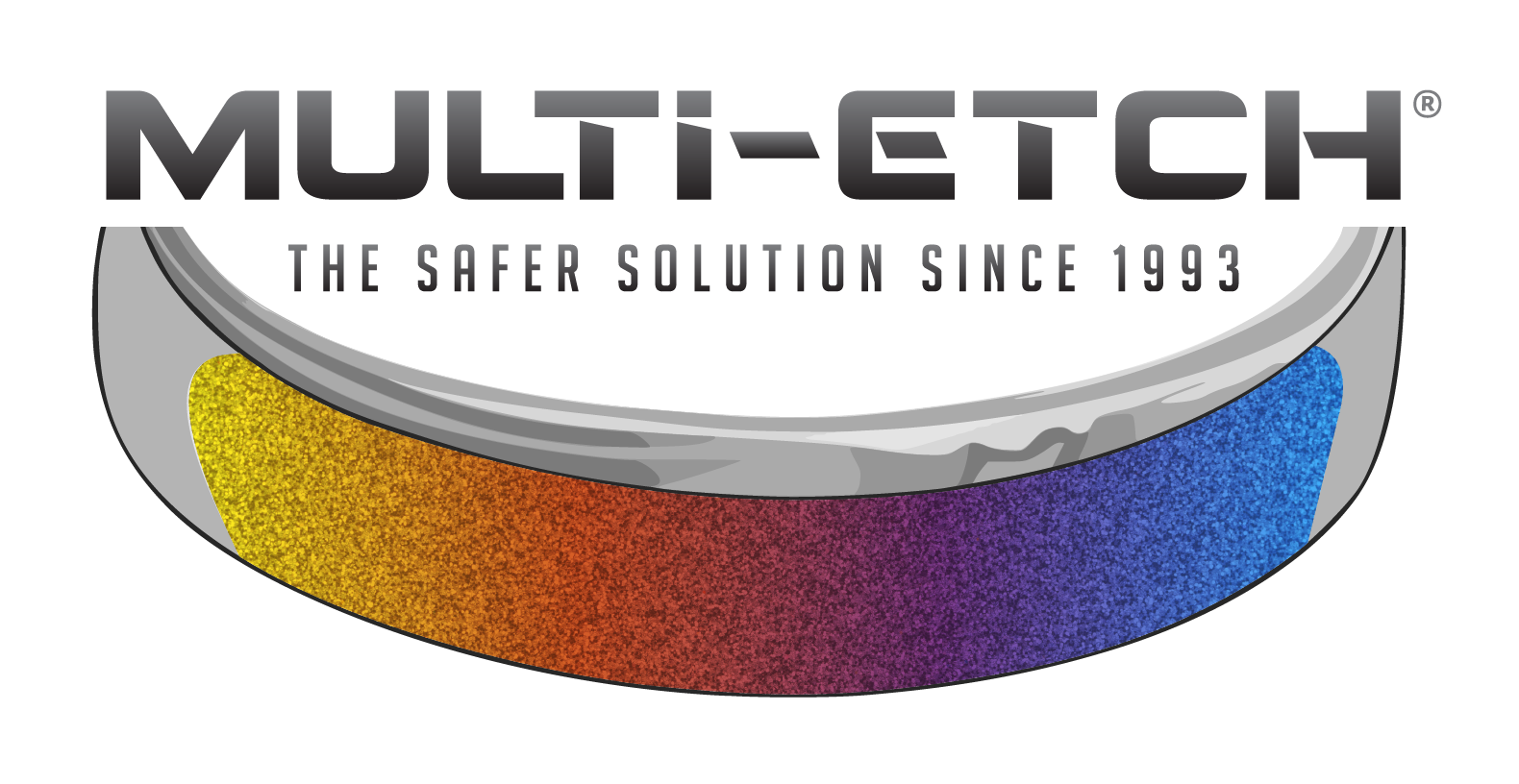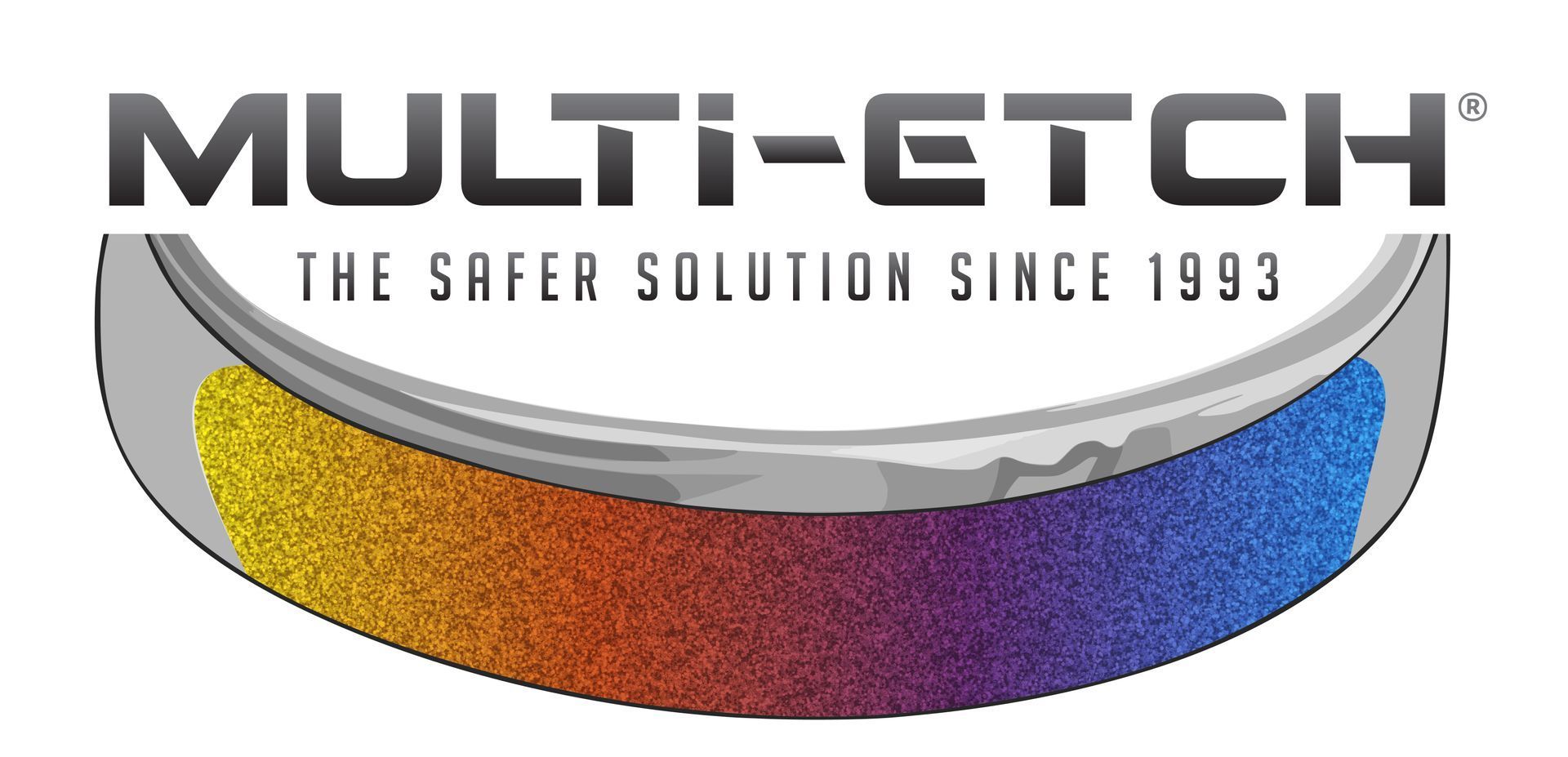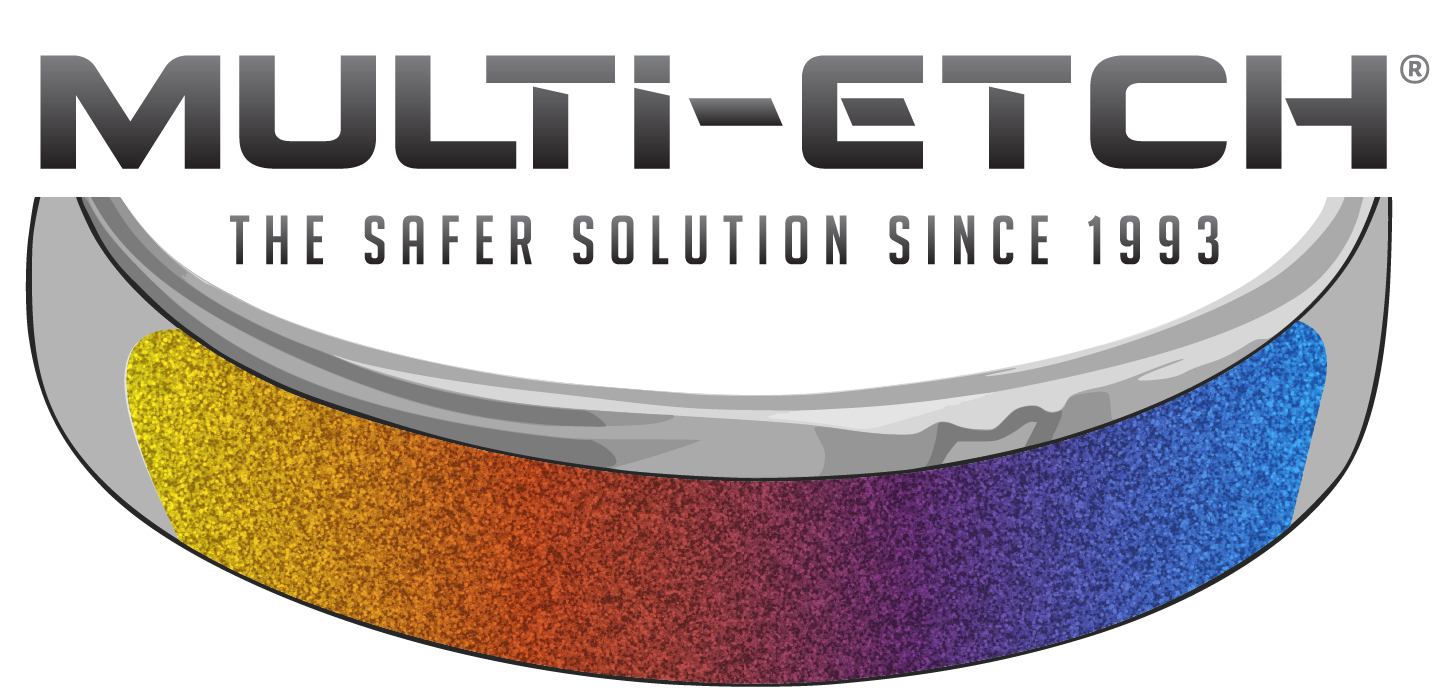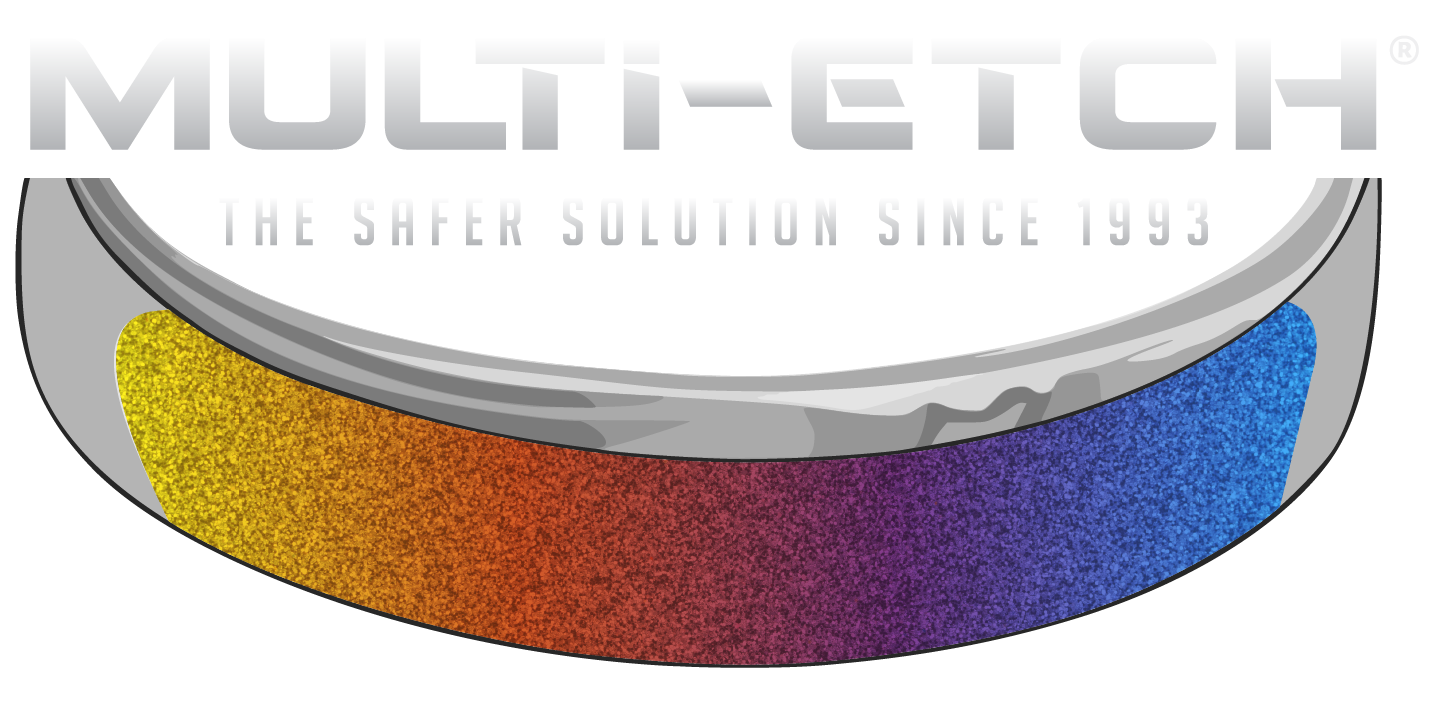BEST PRACTICES
FOR GOOD COLOR
Achieve High Voltage Green Consistently
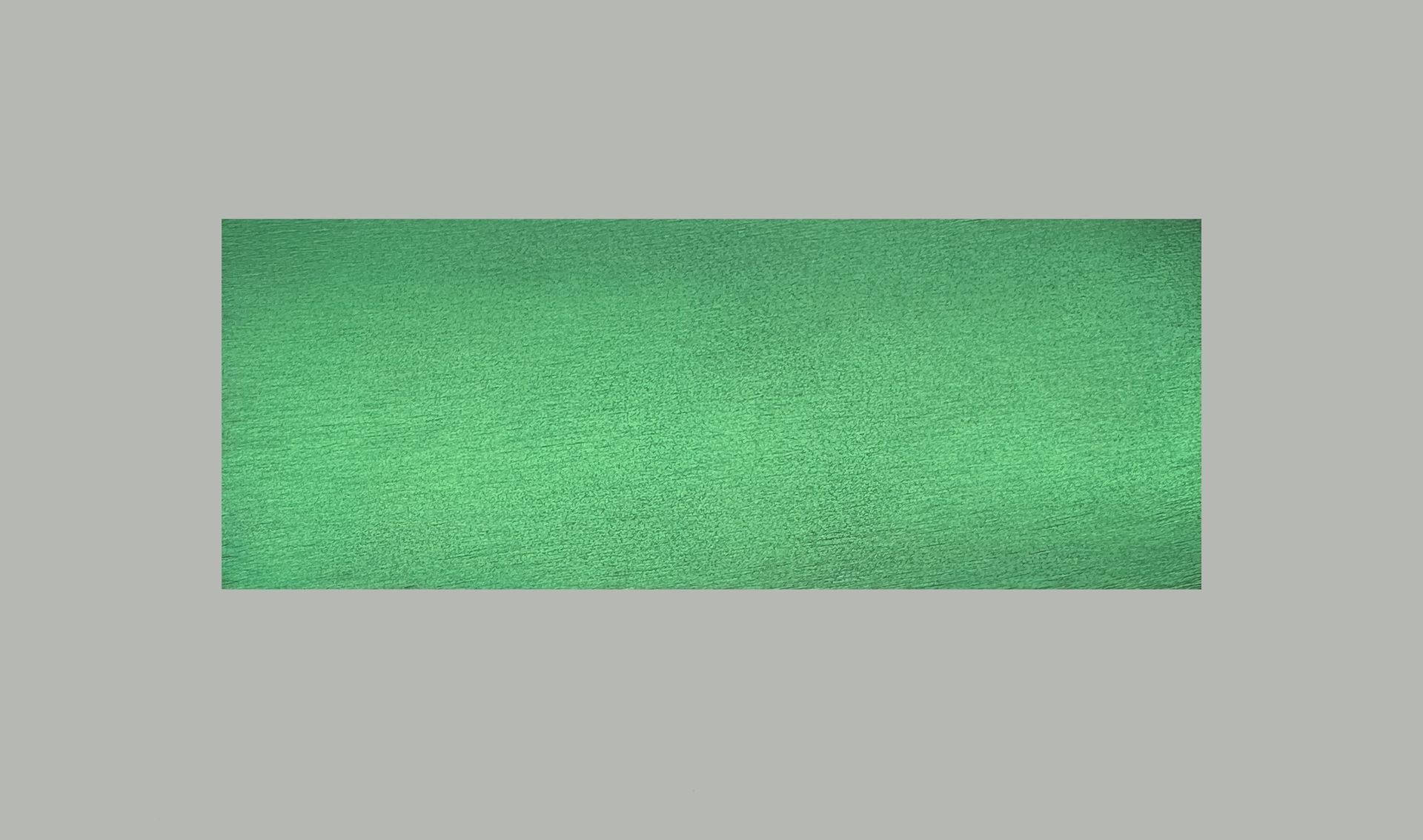
Preparation
1. Make sure you mix the entire amount of Multi-Etch powder and let it sit overnight. The ingredients in Multi-Etch are not blended so you must mix the entire amount with 1/2 gallon of distilled or deionized water for double-strength or 1 gallon for regular strength.
2. If you want to use Multi-Etch at room temperature, it still needs to be heated one time. Mix with distilled or deionized water heated to 150-160ºF, shake or stir and let the solution sit overnight. Shake or stir again before using at room temperature, 70ºF.
3. If you want to use Multi-Etch at room temperature, it still needs to be heated one time. Mix with distilled or deionized water heated to 150-160ºF, shake or stir and let the solution sit overnight. Shake or stir again before using at room temperature, 70ºF.
Cleanliness
1. Make sure you have degreased the metal before etching. If the metal is particularly dirty, e.g., after tumbling, etch once, rinse well, and etch again. Hold the pieces by the edges or wear gloves so that you don’t leave fingerprints.
2. Make sure you rinse well after etching the metal. If you drag Multi-Etch into your anodizing bath, it can inhibit good color. If you are not going to anodize immediately after etching, protect the clean surface by applying a 10-volt color. If you don’t want to anodize at all, then store the etched pieces in distilled water. This will allow you to wait months if necessary, before anodizing.
Tough oxides
1. Welded areas and cast titanium parts like medical implants sometimes have a whitish alpha-case from heat which must be mechanically removed (e.g., sandblasting or wire brushing.) If this is not removed, it may be difficult or impossible to anodize evenly with higher voltage colors. Try etching longer before anodizing.
2. Heat oxide? Sometimes the ends of a batch of wire or sheet have a heat oxide that is very hard to remove. You also can’t see it! But if you suspect that might be the problem because most of the pieces in a batch anodize fine, try etching the “bad” pieces longer and/or sandblast or wire brush, and avoid high-voltage colors on those parts if possible.
Avoid Contamination
1. If you introduce brass, copper or iron into the etching bath, those materials could plate onto the titanium and interfere with anodizing. A pink cast to the etchant indicates iron or steel; blue would indicate copper. If that happens, you will need to discard your contaminated etching bath and start with a fresh one.
2. Contaminants can come from the tooling you use to form your piece--files, saws, etc. If possible, keep a separate set of tools or clean the piece with an ultrasonic before etching.
3. What are you holding the titanium with while anodizing? Using something other than titanium, niobium, or plastic to hang or hold your work piece when anodizing can prevent the voltage getting to the titanium. Some metals, such as copper, brass, gold, etc. will draw off the voltage. You can also use a plastic basket with a titanium or niobium probe to anodize--this works great for anodizing lots of small parts.
4. It’s possible that if you purchased distilled water in a plastic jug that has been sitting around the store awhile, the water may have absorbed something from the plastic jug itself. Try using water from a purified water vending machine.
5. No rubber! Any kind of rubber in the etch tank, such as a drain or gasket, will contaminate the bath and cause black smut to form on the metal, inhibiting good color.
Achieving Smooth Color
1. Grow the oxide slowly. If you’re aiming for the color at 70 volts, ramp the voltage to 60 and, while leaving the piece in your anodizing bath, keep the voltage at 60 and see if the color continues to advance to the higher voltage color. If it doesn’t, try increasing the voltage slowly.
2. What is your anodizing solution? We recommend either 4 ounces of TSP or 2 ounces of ammonium sulfate per gallon of distilled water. If the anodizing reaction is too slow, add a little more TSP or ammonium sulfate. With either type of anodizing bath, you can squirt a little dish detergent or Simple Green to act as a surfactant, which is important when you are after a color fade (smooth gradation from one color to another.) Without a surfactant, sometimes the liquid “beads up” when lifting the titanium out of the bath.
3. Poor color can be a sign that you haven’t etched long enough or you have used up the etchant and need to replace the bath.
4. Sometimes everything is “correct” but you still can’t get even color in the higher voltages. This can be due to inconsistencies on the metal itself. High-voltage colors are the hardest colors to achieve so if you have a choice, choose a lower voltage color, especially for the problem pieces. Some users experience better luck with high voltage colors in a slightly-used etch bath.
We hope these steps helped you use our amazing product! If you had any issues please check out our Frequently Asked Questions or feel free to contact us with any concerns.
